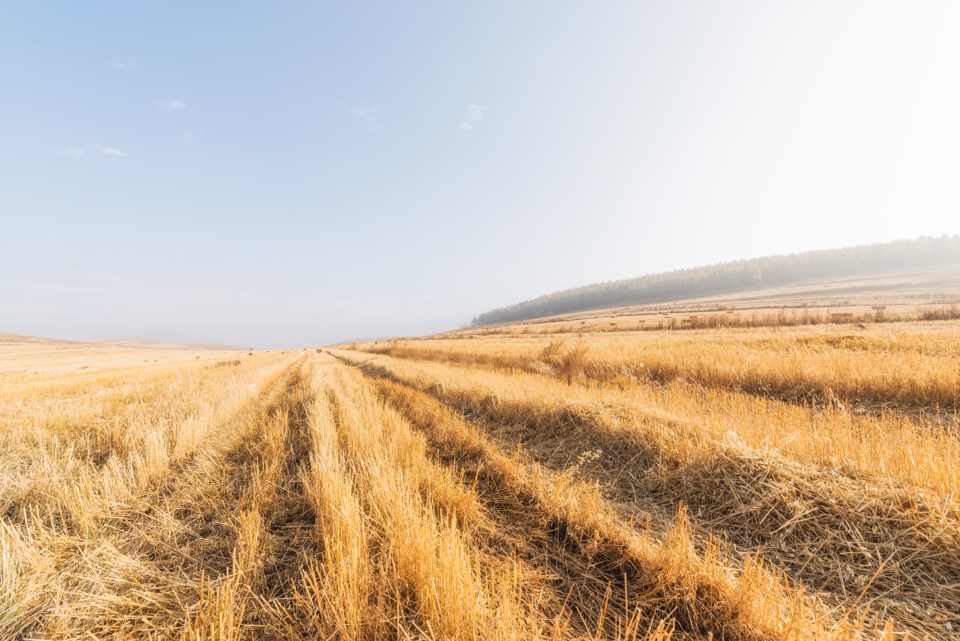ASSINIBOIA - With weeks of favourable weather, producers in the southwest region are now 93 per cent completed harvest, according to the crop report for the period of September 5 to 11. This is ahead of the five-year average of 77 per cent. With many combines entering their last few fields this coming week, many producers in the southwest are once again turning to the skies to look for rain.
Producers are currently finishing the few standing spring cereal fields, with 99 per cent of barley, 96 per cent of oats, 94 per cent of spring wheat and 93 per cent of durum harvested for the year. Producers are now focusing on getting their oilseeds harvested; 93 per cent of mustard and 89 per cent of canola have been harvested for the year. Ninety-three per cent of chickpeas are in the bin for the year. Flax is the most standing crop, with 42 per cent of flax harvested.
Producers are currently seeing their lentils graded as 1 CAN at 35 per cent or 2 CAN at 49 per cent. Peas are being graded at 48 per cent 1 CAN and 45 per cent 2 CAN. Durum is primarily 2 CW at 46 per cent, while some is 1 CW at 31 per cent or 3 CW at 23 per cent.
It was another dry week in the southwest, with the most rainfall recorded in the Shaunavon area, at 20 mm. Topsoil moisture continues to be limited in the region. Ten per cent of cropland has adequate topsoil moisture, 45 per cent is short and 45 per cent is very short. Twelve per cent of hay and pastures have adequate moisture, 40 per cent are short and 48 per cent are very short.
Crop damage this past week was due to grasshoppers and drought conditions. Producers are busy wrapping up harvest, applying post-harvest herbicides and working their fields for the fall. Producers are also moving cattle to graze stubble fields, hauling water and preparing feed piles for this winter.




